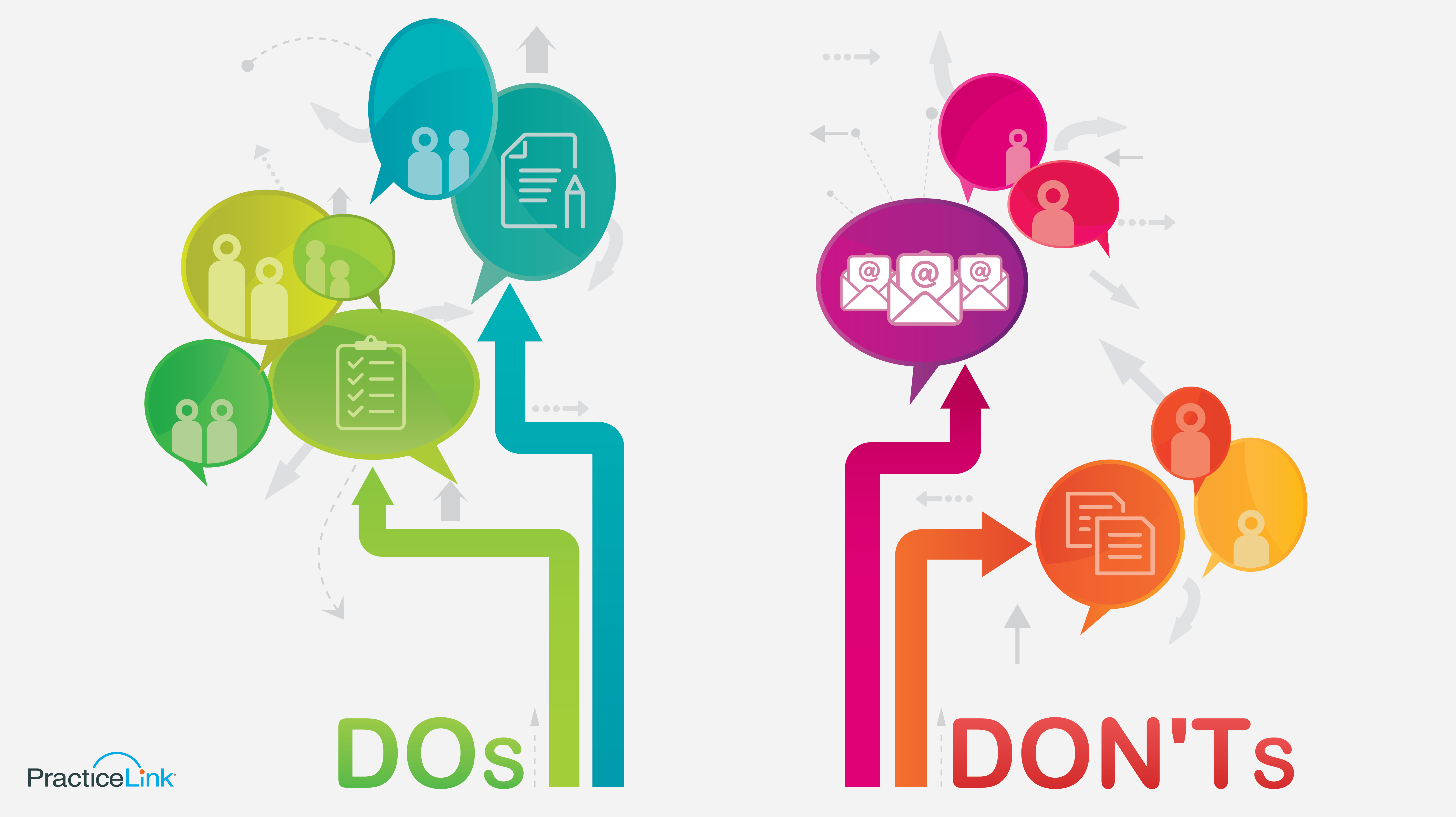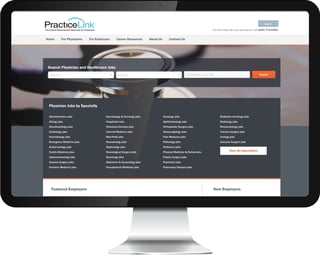 How much could you communicate with only five words?
How much could you communicate with only five words?
Probably more than you think.
Consider the Pixar movie “Wall-E.” Its lead character, a scrappy robot, only spoke a handful of words but still conveyed enough messages and emotions to lead a full-length film that earned an Academy Award for Best Animated Feature and a Golden Globe for Best Animated Film.
But how did he do this while uttering only a handful of words and sounds?
Nonverbal communication.
Depending on the researcher, nonverbal communication makes up anywhere from one-third to one-half to nearly all of the messages we project. The real answer may never be known.
What is known is that nonverbal communication plays a significant part in how we express ourselves and how we interpret what others are saying. It’s why in-person meetings are often more effective than email, phone calls and even video conferences. There’s no true replacement for time spent in-person.
Face-to-face interaction allows us to pick up on additional messages being sent. Other forms have advantages like speed and convenience, but they’re countered by an increased chance of being misinterpreted.
In times when in-person meetings can’t happen – and written communication like email is a better way to stay in touch – it’s worth spending some extra time to ensure that it captures the intended meaning and avoids miscommunicating through poor word choice or vagueness.
Here are a few dos and don’ts to keep in mind when emailing candidates and applicants:
- DO plan your message. Take some time to think about what you want to communicate, then stick to that main message.
- DO check before sending. After drafting the message, walk away and take a break, then read again with a fresh mind. Check for spelling and grammar, and review your word choice and sentence structure for the intended meaning and tone.
- DO be specific. Avoid clichés, which often lose their impact or meaning, and look for opportunities to incorporate more details when appropriate.
- Example:
- Vague: The cafeteria has daily options for dinner.
- Specific: The cafeteria offers a rotating selection of dinners each day, including vegan, vegetarian and gluten-free options.
- DON’T state something you wouldn’t want public. Once something is written and sent, it’s no longer solely in your hands to keep private. Treat your communication as something you’d stand behind if it wound up being shared with a wider audience.
- DO write in an active voice. It’s stronger, more direct and helps cut out extra words.
- Example:
- Passive: The shed was remodeled by the owners so it would match the architectural style of the house.
- Active: The owners remodeled the shed to match the house’s architectural style.
- DO contrast sentences. Using all short sentences creates abrupt copy. Using all run-on sentences leads to a virtual mouthful and can overwhelm the reader. Blending short and long sentences establishes a more natural cadence that improves readability.
- DON’T over-stack paragraphs. Try keeping them to no more than three sentences.
- DO be timely with follow-up communication. Some organizations expect employees to respond by the end of the day. More ambitious ones aim for 45 minutes. Consider establishing a response goal for yourself. Even if you’re still getting the answers to their questions, a regular follow-up lets candidates know you’re still working on their behalf – and that can further build trust.
- DO go above and beyond. Answer all questions thoroughly. Provide proactive answers to probable follow-up questions, and ask how else you can assist.
- DON’T send too many emails. Instead of maintaining a relationship, too much contact may have the opposite effect and drive away a candidate. Each person is different. The key is to understand their preferences and strike a healthy balance.
- DO stay in touch. Even if you’re not actively hiring or recruiting, keep contact if you have a strong candidate or applicant. Depending where they are in the recruitment process, share relevant updates on the job status, events at your facility, organization or community stories, or information about your work culture.
- Example:
- Example:
More email tips
A physician recruiter’s guide to email: https://info.practicelink.com/blog/a-physician-recruiters-guide-to-email-part-1-getting-your-emails-delivered
Write subject lines that get read: https://preview.hs-sites.com/_hcms/preview/content/5239597690?portalId=512304&_preview=true&from_buffer=false&preview_key=xSMVfdZT
Interested in learning more email options in the PracticeLink Recruitment Management System’s Candidate Relationship Manager? Have you tried our new communication tool, PracticeLink Chat? Contact the Pro Team at ProTeam@PracticeLink.com.








